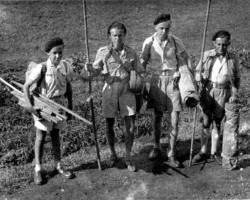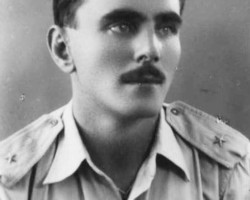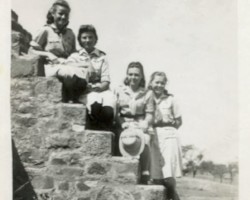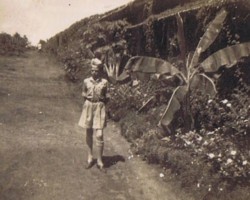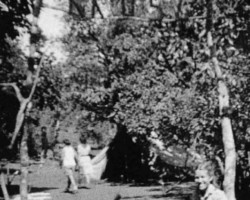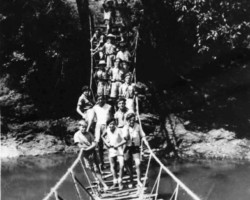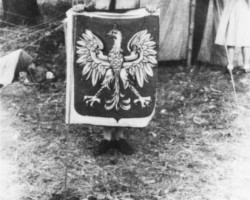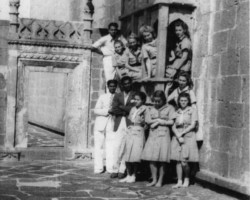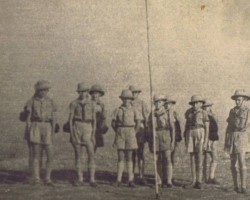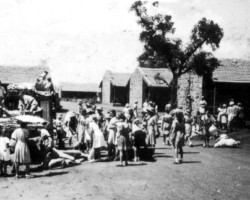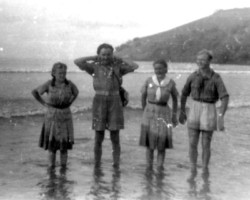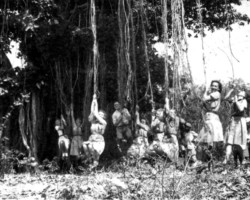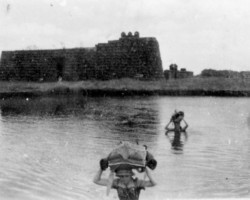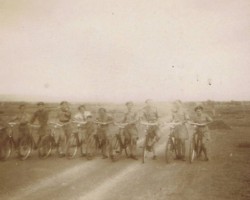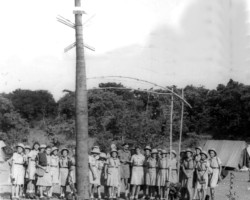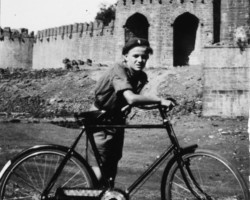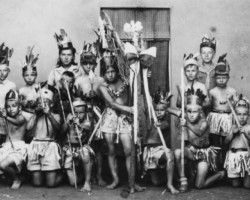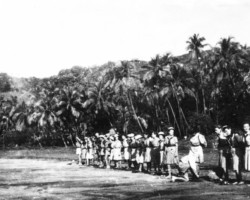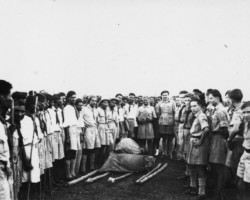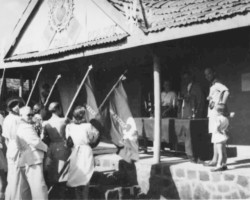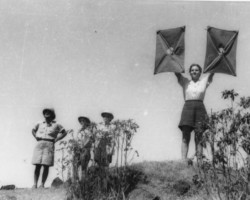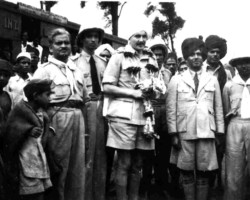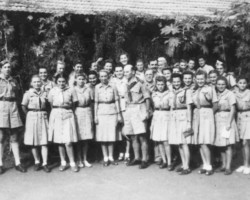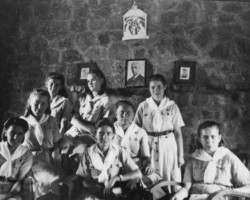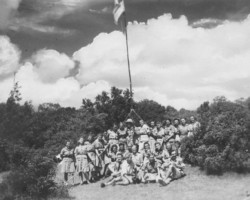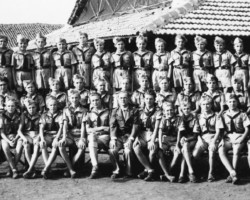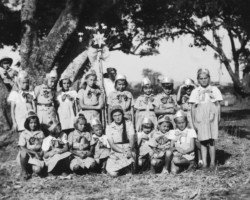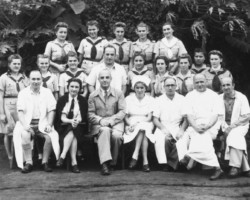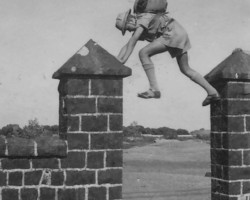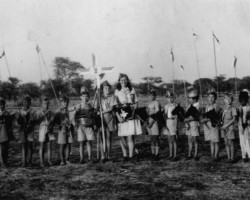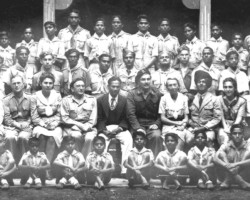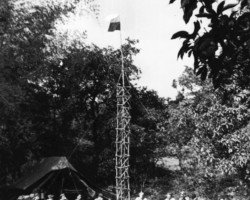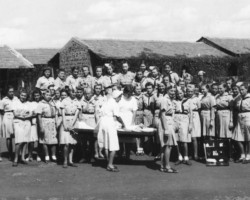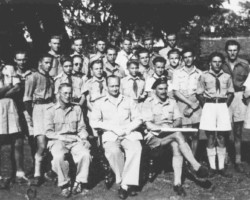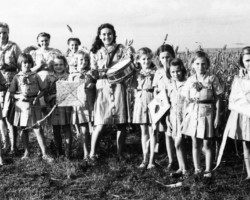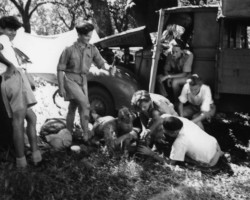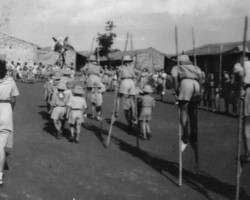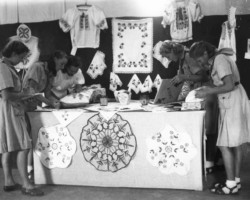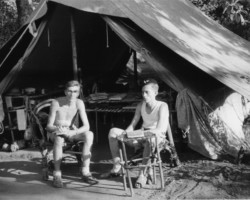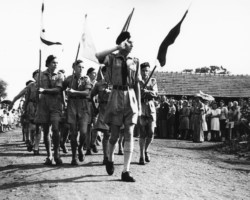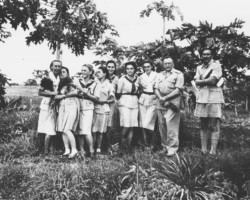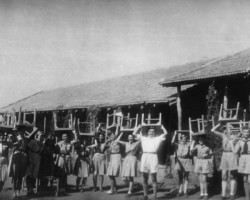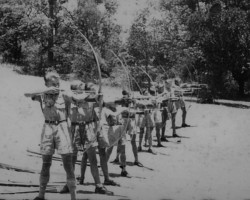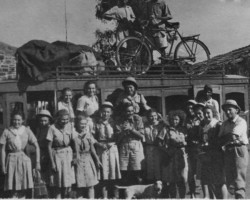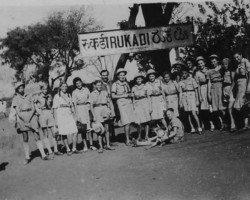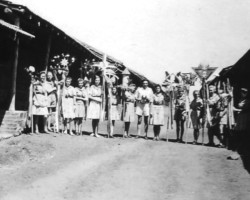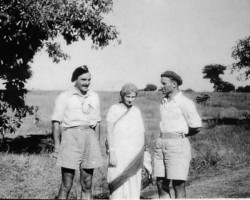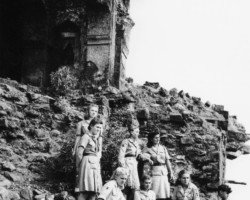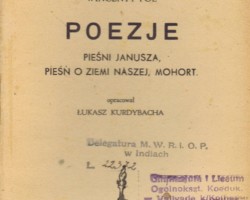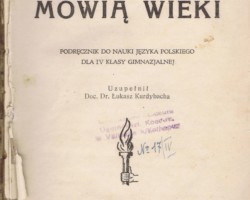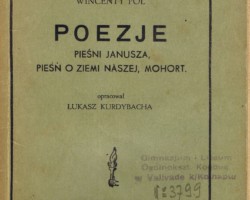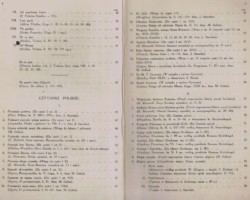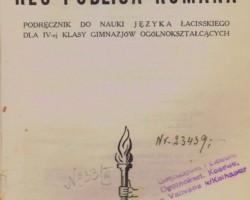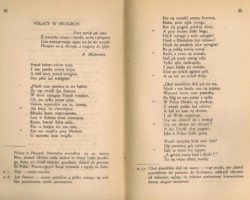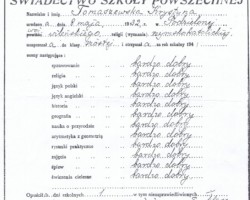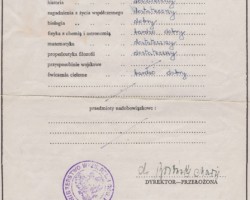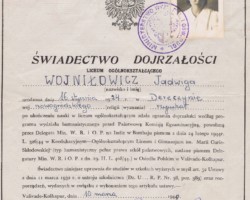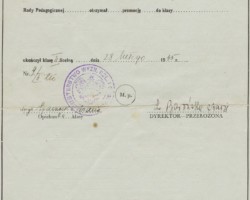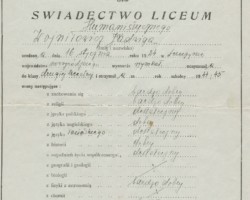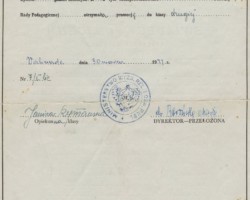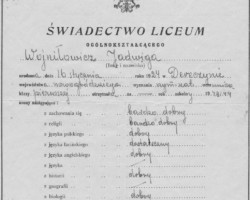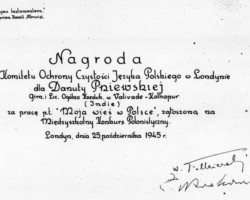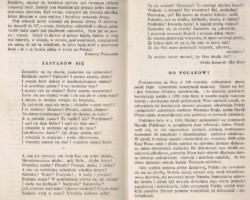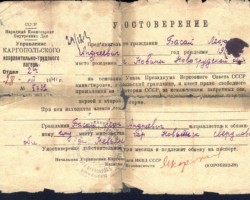Quick Links
Valivade – Scouting
The basis for scouting work in India was the ideological and programmatic assumptions of the Polish Scouting Association from 1939, which included: working on oneself, finding a place in society and service. Translated into practical language, this meant work on developing character, self-education and taking care of health and physical fitness, as well as social work. It was on this basis, in accordance with such ideas, that scouting also operated in the Valivade settlement. On September 1, 1943, the first briefing of heads of scout units organized in the transit camp for Polish refugees Country Club near Karachi took place (some scout troops reached Valivade already organized earlier, e.g. in Tehran, Ahvaz, through which Poles reached India). At this briefing, the Valivade troop command was established. Within 10 days, four scout troops, eight girl scout troops and four cub scout groups were reported to the command. However, these structures quickly expanded. The influx of new recruits into the scout troops was so great that during the first six months of the troop’s existence, two large pledges were held – on November 10, 1943 and February 10, 1944. Later, small pledges became fashionable.
On November 20, 1943, Scoutmaster Witold Bidakowski was appointed Scoutmaster of the Valivadz Scout Troop by order of the ZHP in the East. Shortly afterwards, a second instructor arrived at the settlement, the Rector of the Catholic Mission in India, Fr. Hm. K. Bobrowski, who joined the work of the troop as much as his pastoral duties allowed him to.
The biggest problem at that time was the lack of trained work managers. However, contacts were then established with Indian scouts in the city of Kolhapur, not far from Valivade. With their help, it was possible to obtain a magnificent former fortress area in the beautiful town of Panhali for courses and camps. There, on May 16, 1944, under the leadership of scouts and scoutmaster Janka Ptak, who came from the settlement in Balachadi (because it was the first Polish settlement in India, the first scout troop was established there at the same time, Valivade was the third scout troop of Poles on the subcontinent), and the school guardian, Prof. Anna Handerek, 124 participants aged 14-22 gathered for the so-called functionary course. The participants were current troop leaders, patrol leaders and sub-patrol leaders, but mostly very young and not prepared to perform these functions. The course was held indoors, in the old, abandoned palace of the Maharaja, because the estate sewing room was already sewing the first uniforms, and an experienced scout, delegate of the Ministry of Religious Denominations and Public Enlightenment in Bombay – Michał Goławski obtained permission from the ZHP Headquarters in the East to retrieve 600 scout crosses in India, the so-called Indian series, but the scouts did not yet have tents. The courses went smoothly, and that is how the first scout cadre was formed.
Meanwhile, in May 1944, a team of inspectors from the Polish Army in the East arrived in Valivade (there was a Council of the Polish Scouting Association in the East, a Headquarters of the Polish Scouting Association in the East was established, then an Independent Scouting Department, to which the army delegated a dozen or so instructors, whose task was to organize and inspect scouting work among the youth, publish the Skaut magazine and scouting handbooks. In 1944, four inspection teams were established to work in refugee settlements. Before leaving for the field, the team members underwent special training in Jerusalem, outlined a work plan, discussed ideological and methodological issues, and conducted experimental courses in schools for younger volunteers and cadets). Among the inspectors were Lieutenant Engineer Bronisław Pancewicz (Scoutmaster Lone Wolf) and 2nd Lieutenant Zdzisław Peszkowski (Scoutmaster Ryś Zuch; very involved in the scouting activities of Poles in India throughout its existence, mainly among the youngest – Cub Scouts; he was the commander of the Indian Banner). The Visitation Team faced many urgent tasks: educating work managers, acquiring equipment, finances and assistants, shaping public opinion and raising public awareness of the value of the ZHP, but the first priority was the reorganization of structures. They started with Valivade. The ongoing, still organized Panhal courses raised the ideological and technical level of the scouting youth over time and gave the inspectors the opportunity to find promising work managers. The new scouting year 1944/1945, the Valivade troop began by dividing into four groups (there were two other groups in India at that time – a group in Balachadi and a group consisting of scouts in the Country Club transit camp near Karachi). The female and male units at the Valivade schools formed a tribe (one tribe at one school), with one common tribe leader, a common school guardian and a common scout room. In this way, older youth were separated in scout and traveller groups, where they could have a program more suited to their interests.
By the same order, Scoutmaster Anna Handerek was appointed Scoutmaster of the Valivade Scout Troop. In the scouting year 1944/1945, there were 1,334 scout youth in India, gathered in 50 units. From then on, the scouts’ lives were filled with meetings, raids, training, gaining skills… It is worth emphasizing that in 1947, after the liquidation of the Country Club transit camp in 1943 (another one – Malir – was closed even earlier) and the closure of the Balachadi settlement in 1946, the entire Polish Scouting movement in India found itself in Valivade, where refugees from other centers of Polish residence on the subcontinent were sent.
